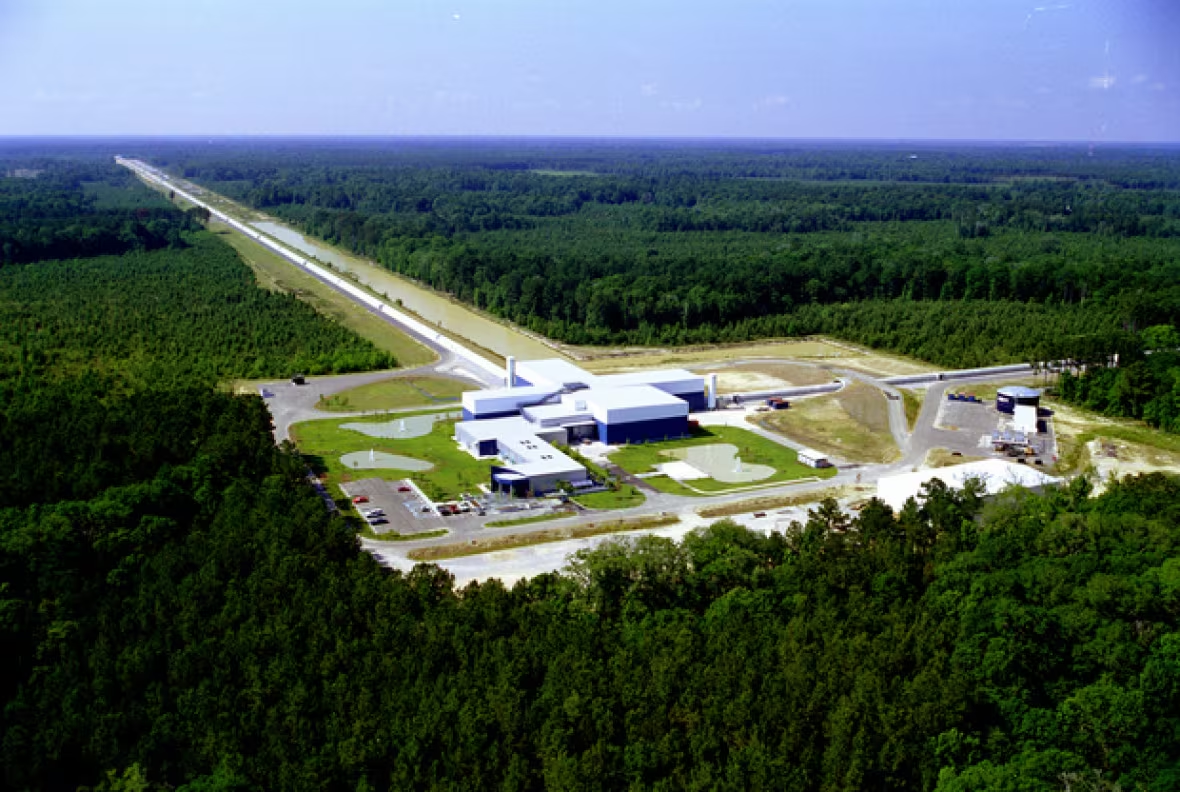Detection of gravitational waves marks new era in astronomy: Bob McDonald
Discovery could be as important as Galileo’s first use of the telescope

The announcement this week that elusive gravitational waves have been detected by the LIGO experiment heralds a new era in astronomy that could be as important as Galileo's first use of the telescope.
The ultra-sensitive LIGO experiment discovered ripples in space-time, caused by the merger of two black holes — an effect that was predicted by Einstein's Theory of General Relativity 100 years ago.
Einstein's remarkable vision of space and time as a flexible continuum that can be warped and shaken by gravity, like the surface of a trampoline with kids jumping on it, has been proven true.
- Gravitational waves detected for 1st time, 'opens a brand new window on the universe'
- Alberta scientists involved in discovery of gravitational waves
- Gravitational waves: Why they're such a big deal
The fact that these ripples in space-time exist also means that theories about the formation of black holes, neutron stars, and even the birth and expansion of the universe itself are correct as well.

When he pointed an optical telescope at the heavens, he saw celestial objects such as the moon or Jupiter — which had been viewed as gods by the ancients — transformed into real worlds with mountains, valleys, clouds and weather.
That led to the giant telescopes we see today on mountaintops and in space, which peer out to the very edge of the universe and can track events back to the beginning of time.
In 1931, another window opened when Carl Jansky, a technician with Bell Laboratories, discovered radio waves coming from space. They're invisible to our eyes, but when caught by radio telescopes, reveal things that don't show up in optical telescopes.

It also discovered bizarre objects, such as pulsars, which are rapidly spinning super-dense stars that send out radio beacons like celestial lighthouses. Even the afterglow of the Big Bang itself has been seen beyond the most distant galaxies — thanks to radio astronomy.
Since then, telescopes have been developed to detect X-rays and Gamma Rays coming from space, with all of these branches of astronomy seeing the universe in a different way and all of them complementing each other.
Now, gravitational waves could herald another revolution in space science, as they become the latest opening to the endlessly fascinating universe.
The waves carry information the same way light and radio waves do, with the advantage that they are not affected by dust in space or clouds that obscure optical instruments.
That means they travel across the universe unchanged, providing pure information about the objects that created them. And the information they carry is about the strangest objects known: black holes, neutron stars, supernovae and other extreme cosmic events.

Having a new medium to explore the unknown is like discovering you have a sense of hearing when all you've been doing is using your eyes.
In fact, the frequency of gravitational waves is the same as the audio range, so we can listen to the collision of black holes. Who knows what we'll discover out there, if we really listen carefully.
(To find out more about gravitational waves and this week's exciting announcement, tune into Quirks & Quarks on Saturday on CBC Radio One, or download the audio on our website).

